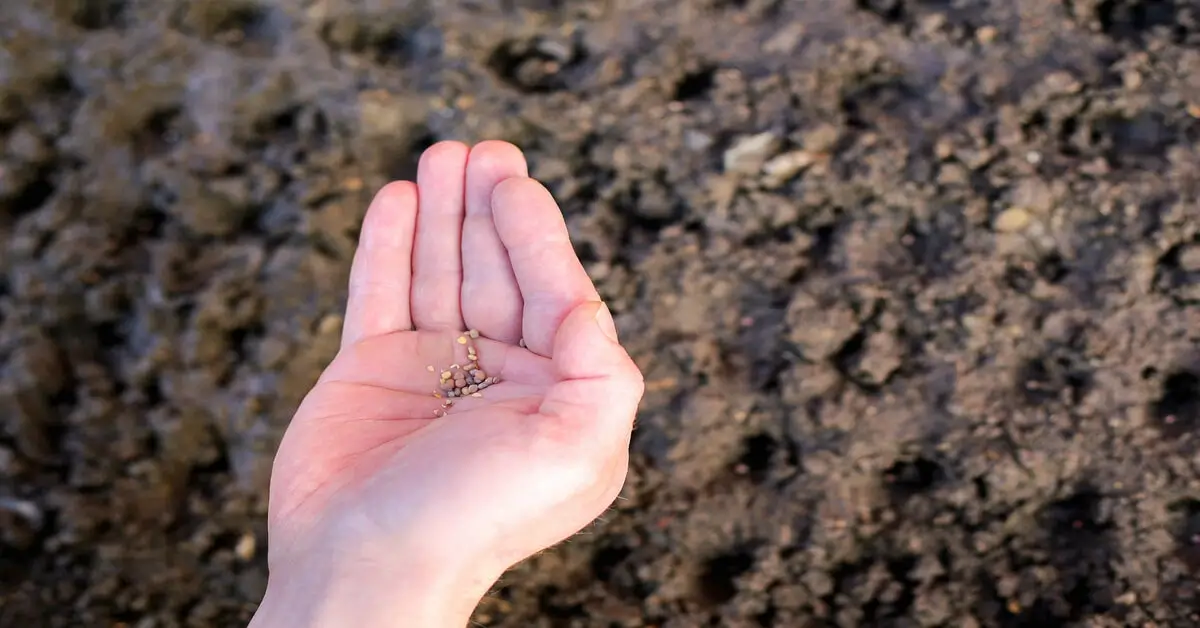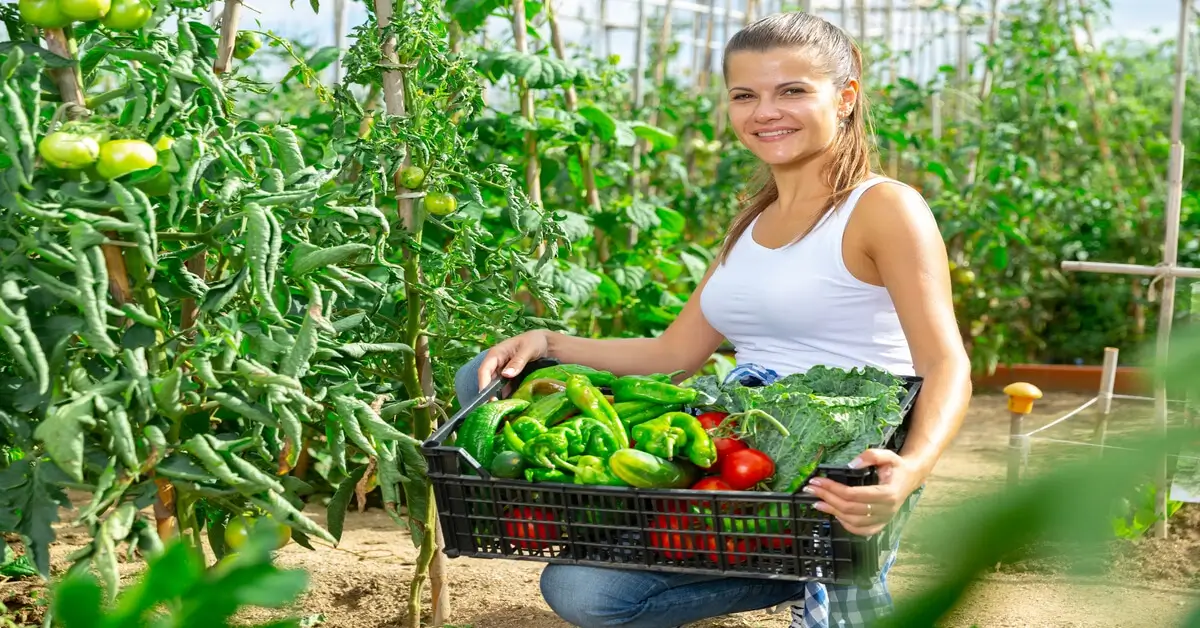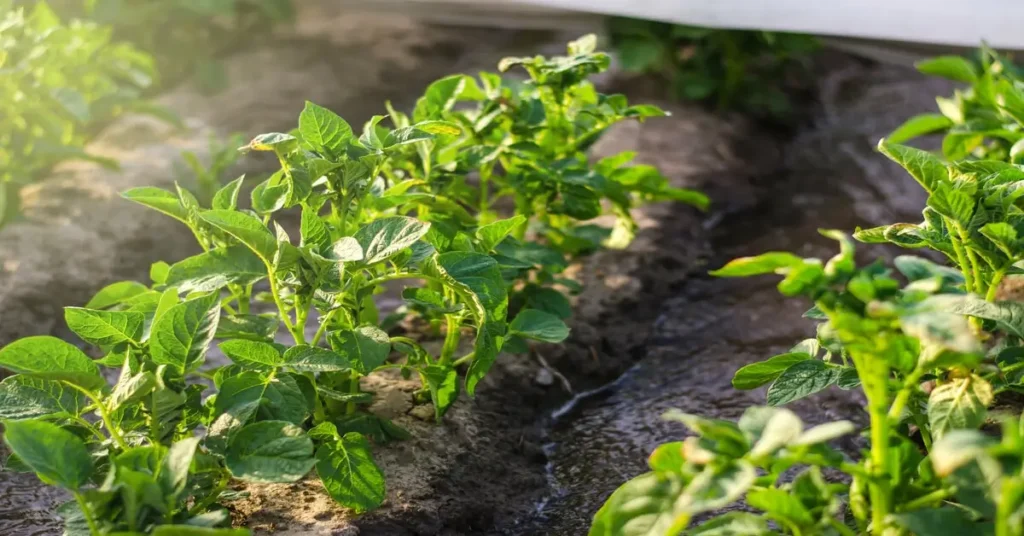What is Olericulture?
Olericulture is a specialized branch of horticulture that focuses on cultivating, harvesting, and storing vegetables. Unlike general horticulture, which encompasses many plants, including fruits, flowers, and ornamental plants, Olericulture narrows its scope to the science and art of growing vegetables. This field is critical for food security, as vegetables are a primary source of essential nutrients like vitamins and minerals.
The Importance of Olericulture in Sustainable Agriculture
Why Olericulture Matters
Olericulture is not just about growing vegetables; it’s about doing so in a sustainable way that benefits both the environment and human health. With the increasing demand for food due to population growth, sustainable practices in Olericulture are more crucial than ever.
The Role in Food Security
Vegetables are a crucial part of a balanced diet, providing essential nutrients often lacking in other food groups. Olericulture ensures a steady supply of these vital foods, contributing to global food security.
Economic Benefits
Beyond the health and environmental aspects, Olericulture also has significant economic implications. The vegetable industry is a multi-billion dollar sector providing jobs and livelihoods to millions worldwide.
Environmental Impact
Sustainable Olericulture practices can help mitigate the negative impacts of agriculture on the environment. This includes reducing soil erosion, improving water quality, and promoting biodiversity.
Types of Vegetables in Olericulture

Root Vegetables
Root vegetables like carrots, potatoes, and onions are significant in Olericulture. These vegetables are grown for their edible roots and are a staple in many diets. Cultivating root vegetables involves specific seedbed preparation and crop establishment techniques.
Leafy Greens
Leafy greens such as spinach, lettuce, and cabbage are another essential category in Olericulture. These plants are herbaceous and are grown for their edible leaves. The science of vegetable growing pays special attention to cultivating these types of vegetable plants.
Fruit Vegetables
Tomatoes, cucumbers, and squash fall under this category. Unlike pomology, which focuses on fruit trees, Olericulture deals with producing these herbaceous plants for food. These vegetables are often annual but can also be perennial.
Legumes
Beans and peas are legumes that are also part of Olericulture. These plants are grown for their edible seeds. They are a crucial branch of horticulture that deals with the marketing of vegetables.
Tubers and Bulbs
Potatoes and onions are examples of tubers and bulbs, respectively. These vegetables, such as tubers and edible roots, are grown for their edible parts below the ground. Olericulture encompasses crop establishment techniques, including cultivar selection for these types of vegetables.
Specialized Vegetables
Asparagus and sweet corn are specialized vegetables requiring unique cultivation techniques. Olericulture is the science that specializes in the propagation and culture of non-woody, herbaceous plants for use in various culinary applications.
Cultivation Techniques in Olericulture

Seed Selection and Propagation
The first step in Olericulture is selecting the right seeds for your vegetable crops. The science of vegetable growing involves understanding the best conditions for seed germination, including temperature and soil quality. Seed-bearing plants like tomatoes and beans require special attention during this phase.
Soil Preparation and Seedbed Preparation
Soil preparation is crucial for the successful establishment of vegetable crops. This involves tilling the land, adding organic matter, and ensuring proper drainage. Seedbed preparation is equally important, especially for root crops like carrots and potatoes.
Transplanting and Crop Establishment
Transplanting is often used for crops like tomatoes and peppers, initially grown in smaller containers and then moved to the field. Crop establishment techniques vary between annual and perennial plants, and Olericulture deals with both.
Irrigation and Fertilization
Proper irrigation is essential for the cultivation of vegetables. Overwatering or underwatering can lead to poor crop yield. Fertilization is also vital, especially for nutrient-hungry plants like spinach and lettuce.
Pest and Disease Management
Olericulture also encompasses strategies for pest and disease management. Sustainable practices are increasingly being adopted to reduce production costs and enhance fruit quality.
Harvest and Post-Harvest
The final stage in Olericulture is the harvest. Hand labor is often required for delicate vegetables like asparagus and tomatoes. Post-harvest, the focus shifts to the storage and marketing of vegetables. Proper storage techniques are essential for root vegetables and tubers, which have a longer shelf life.
Harvesting and Post-Harvest Management

When and How to Harvest
Timing is everything when it comes to harvesting vegetable crops. This section will discuss the signs that indicate your crops are ready for harvest, from root vegetables like carrots to leafy greens like spinach. We’ll also cover the best methods for harvesting to ensure you get the most out of your crop.
Storage and Preservation
After harvest, proper storage is crucial for maintaining the quality of your vegetables. Olericulture provides guidelines for storing various types of vegetables, from root crops like onions to leafy vegetables like lettuce. This includes temperature and humidity control and methods for long-term storage.
Marketing and Distribution
Olericulture doesn’t stop at cultivation; it also deals with marketing vegetables. Whether you’re selling your produce at a local farmers’ market or distributing it on a larger scale. Here are some tips:
- Utilize Social Media: Platforms like Instagram and Facebook are great for showcasing your produce and connecting with customers.
- Offer Bundles: Create value-added bundles with a mix of vegetables to attract more buyers.
- Seasonal Promotions: Run special promotions during peak seasons to boost sales.
- Quality Packaging: Invest in quality packaging that not only keeps the produce fresh but also is visually appealing.
Processing and Value Addition
Beyond fresh produce, vegetables can be processed into various forms, such as canned goods, frozen items, and vegetable-based snacks. This enhances their market value and extends their shelf life.
Conclusion
In the ever-evolving landscape of agriculture, the specialized field of Olericulture stands as a cornerstone for sustainable food production and economic growth. From the careful selection of seeds to the intricate processes of cultivation and harvest, this branch of horticulture is instrumental in feeding the world’s growing population.
As we look towards the future, the role of sustainable practices within Olericulture becomes increasingly critical. Not only do these methods reduce the environmental impact, but they also contribute to lowering production costs, thereby making vegetables more accessible to all.

